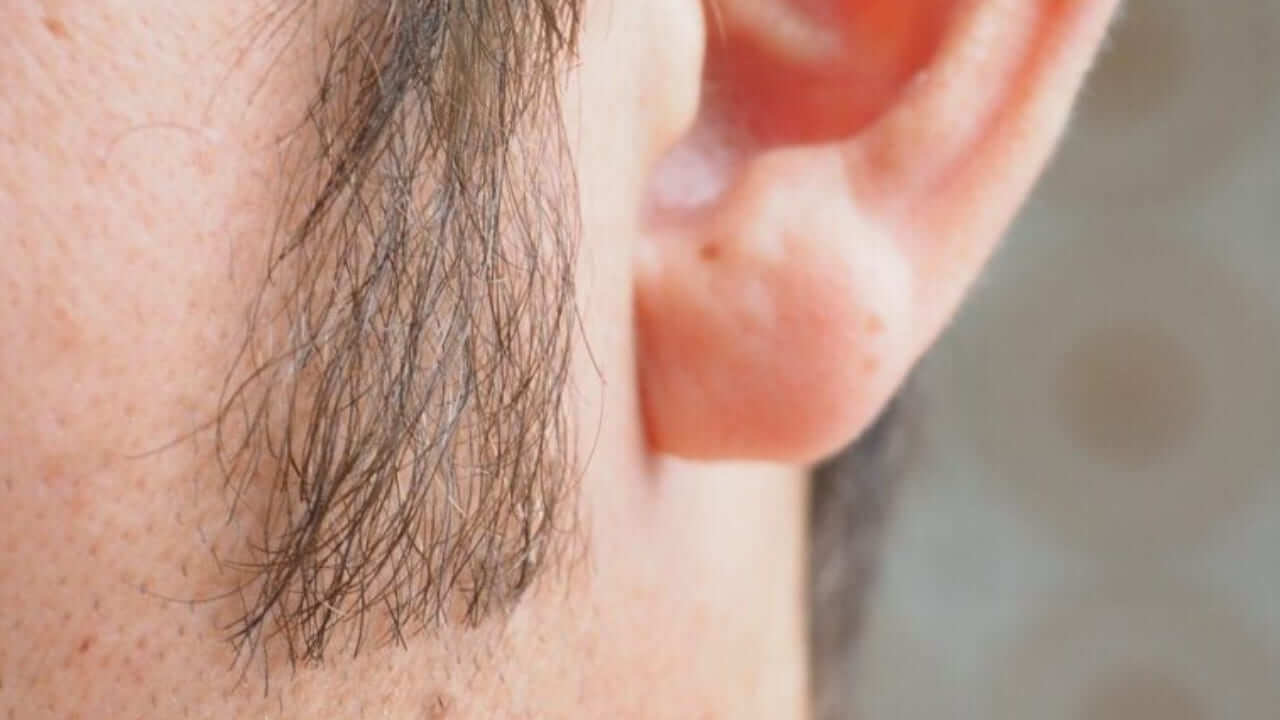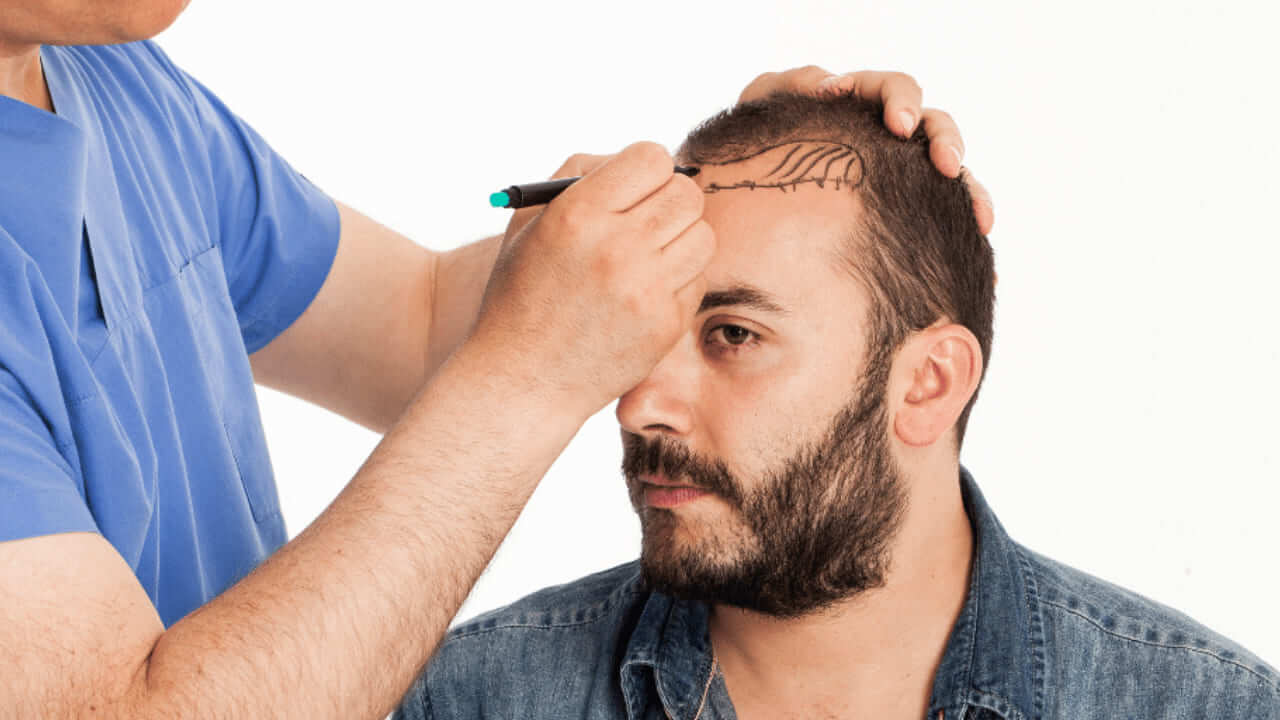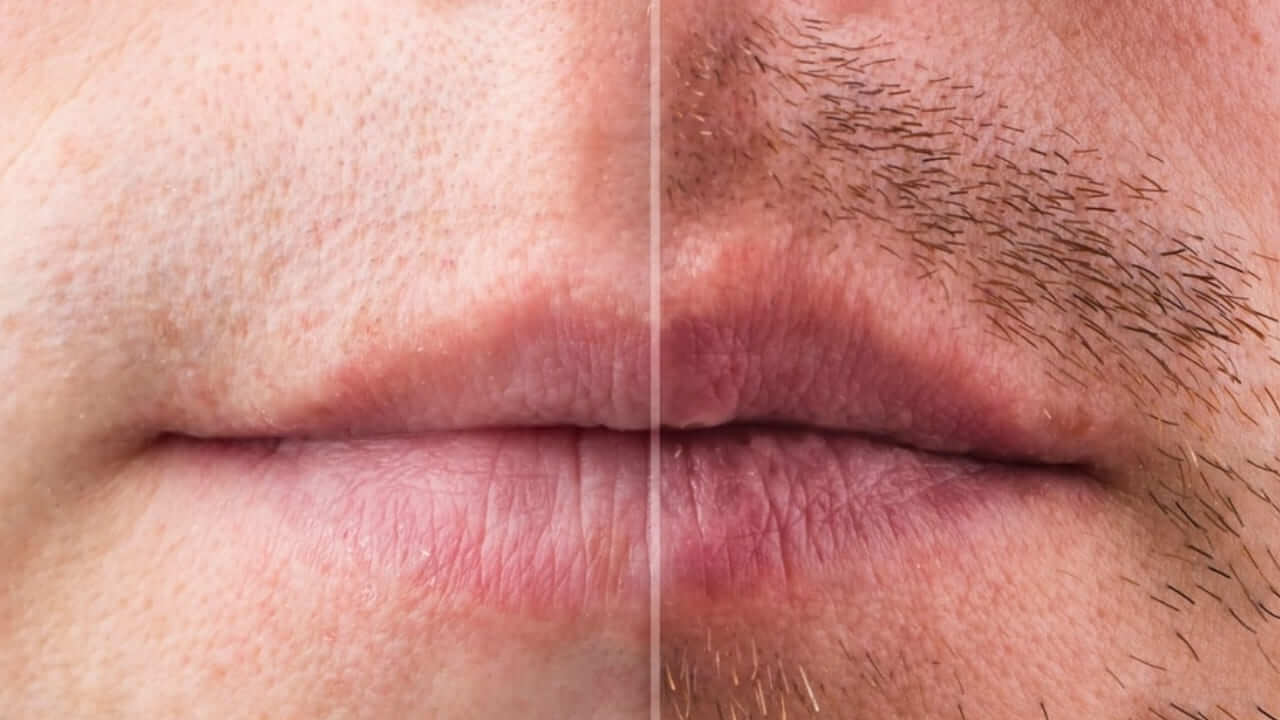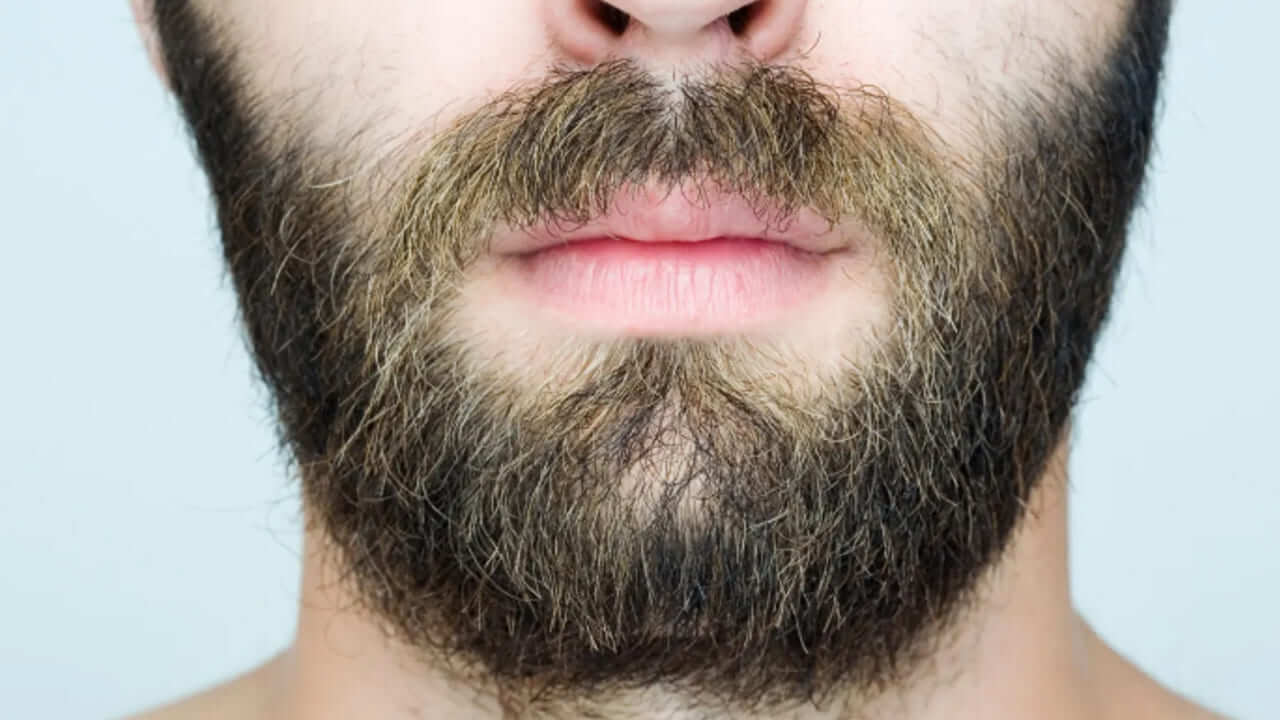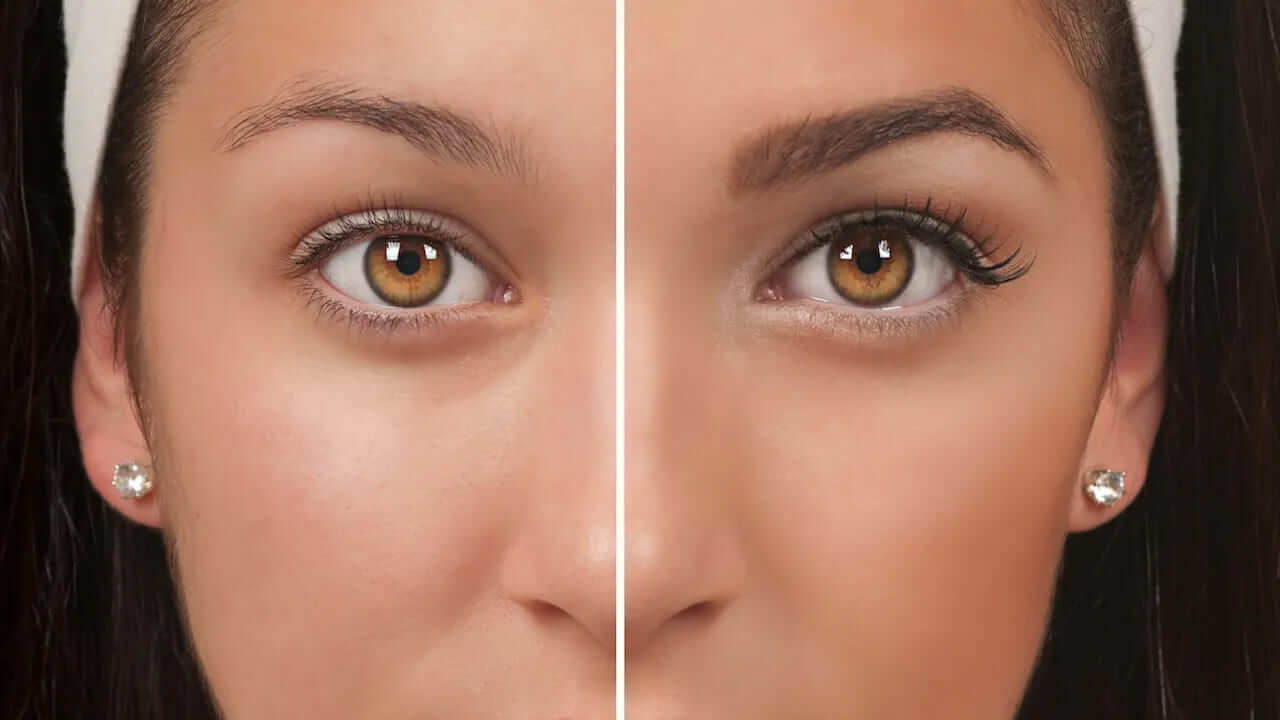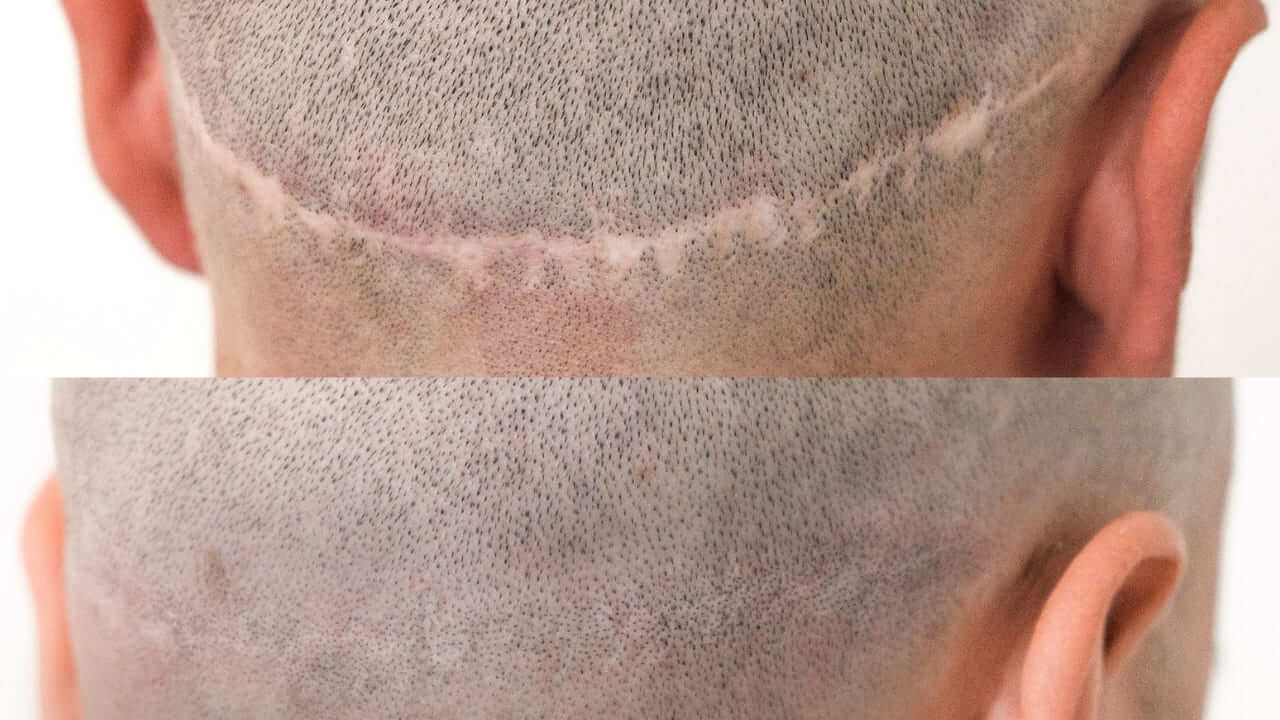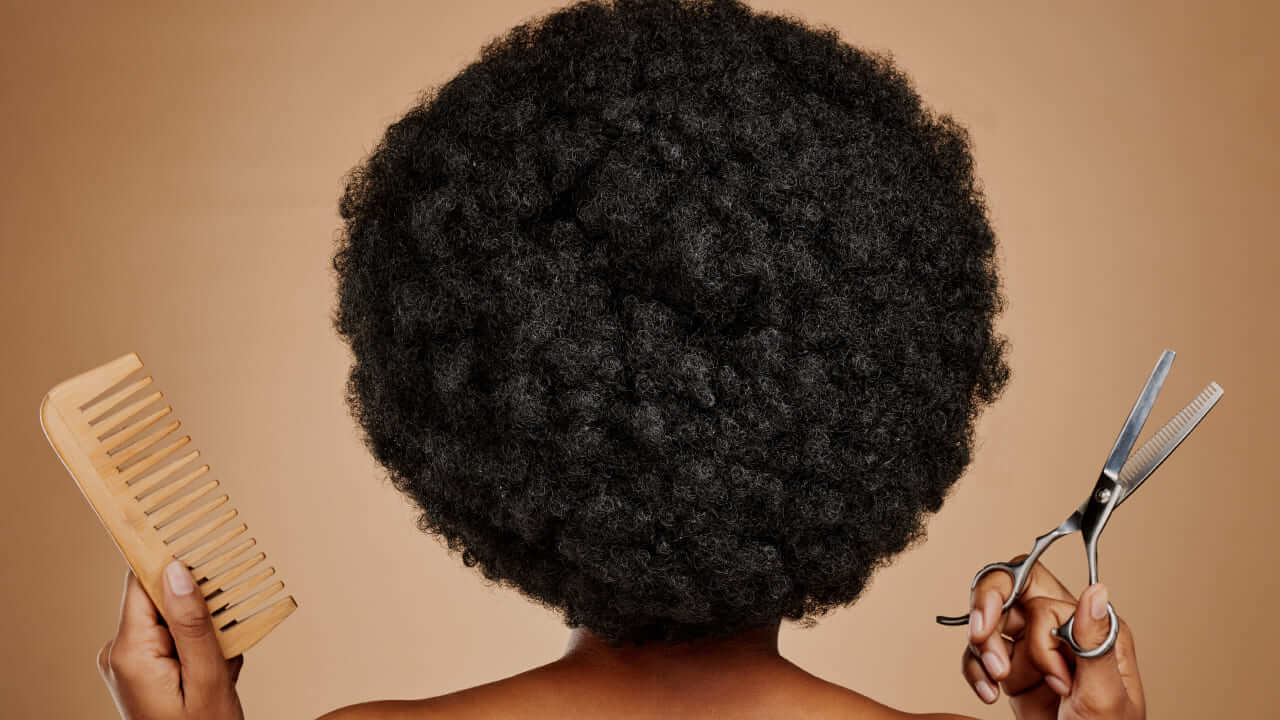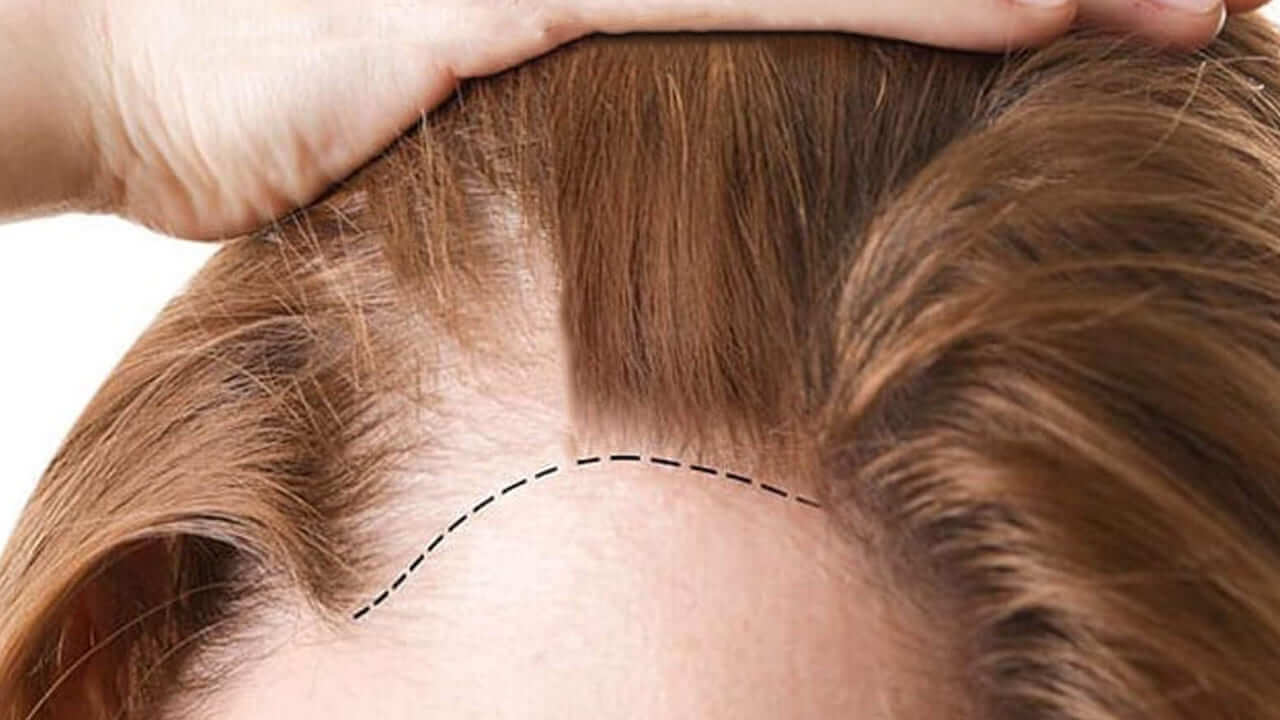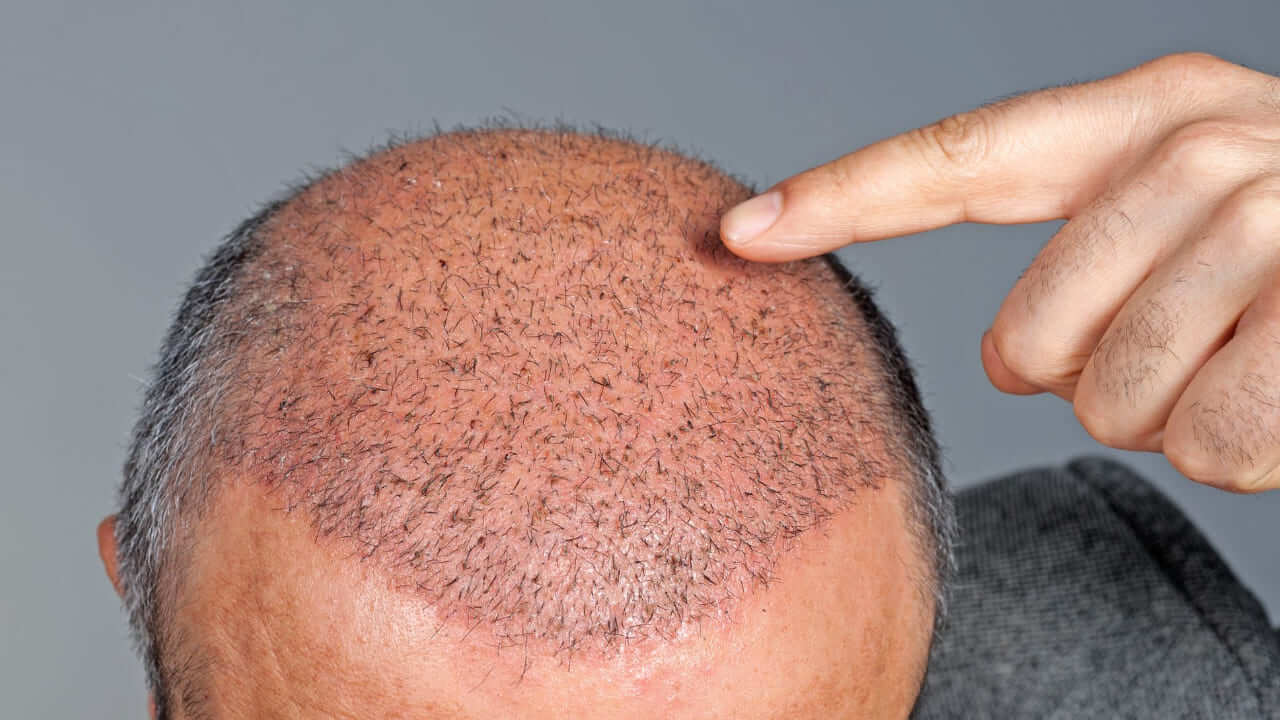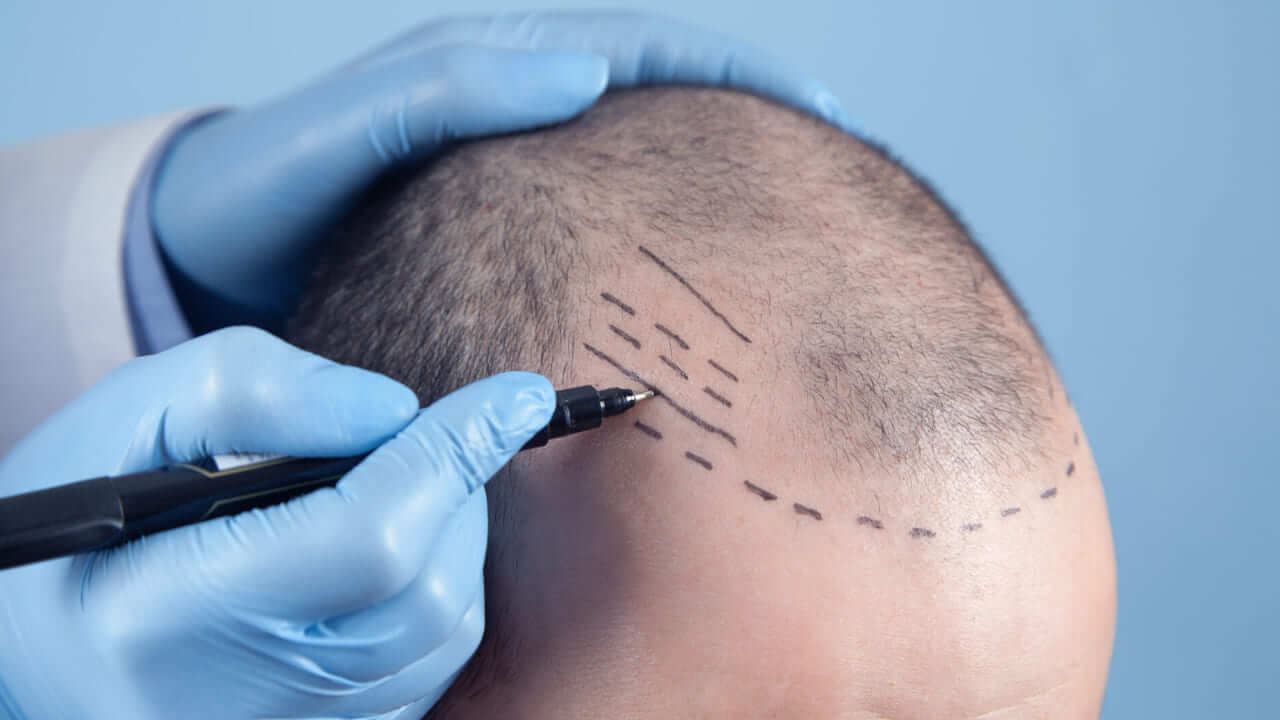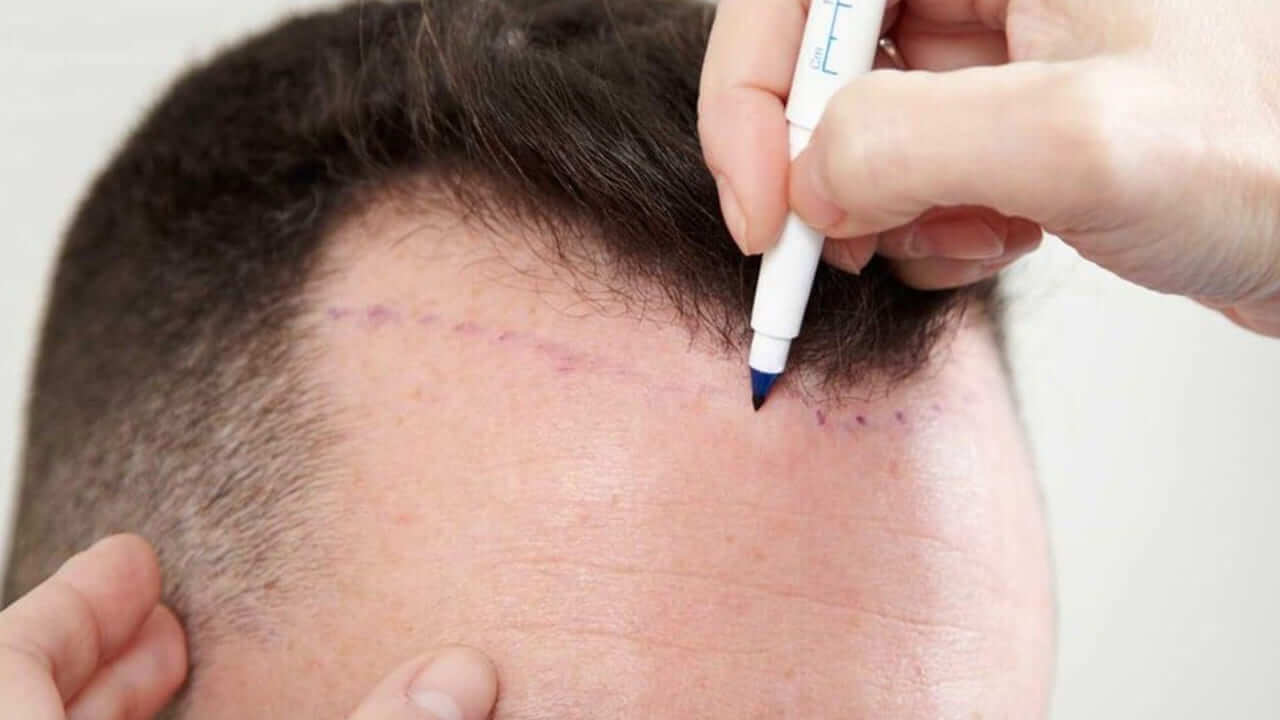From the second I arrived Muhammad Has taken care of me along my journey. He has gone out of his way to help me with whatever I needed along the way. I have had crowns and a hair transplant and both have gone super smoothly. I couldn’t be more happy with my results also. Can wait to see my hair in a few months when it is healed. I couldn’t recommend this clinic enough if you are planning on coming to Turkey for any procedures !!!
Key Takeaways For Hair Transplant in Turkey
- Clinic Mono offers affordable, all-inclusive treatment packages for various medical procedures.
- As a medical tourism agency, Clinic Mono arranges every detail for patients, ensuring a smooth experience in Turkey.
- Patients only need to purchase their flight tickets, while all arrival details are coordinated by the agency.
- The price range for treatments at Clinic Mono is competitive, and further details regarding what the price covers can be found in the article.
- After examining the Before/After images, individuals can select a treatment that an expert will approve of.
- Comments about the services are sourced from Trustpilot and Google profile, which are impartial and independent platforms.
- It is suggested to review the Trustpilot profile as it is accepted globally for genuine feedback.
- The agency specializes in various surgical fields including Plastic and Aesthetic Surgery, Obesity Surgery, and more.
- Clinic Mono provides a free consultation to discuss options and tailor the treatment to individual needs.
HAIR TRANSPLANT
Hair loss is a common problem for both women and men living in a social environment; loss of hair and receding hairline often have a negative impact on individual’s social life.
Hair loss may arise from many different reasons, such as genetic factors, hormonal imbalance, age, stress, mental factors, Androgenetic Alopecia, pregnancy and many others. Since the appearance of the problem, people have kept trying different ways to solve hair loss. Undoubtedly, the permanent and most effective remedy has been a hair transplant. Hair transplants in Turkey are a very advanced treatment today, thanks to medical technologies and developments. This allowed the hair loss patients to have the procedure without feeling any discomfort or serious side effects. Hair transplant Turkey procedure is quite easy for patients; right after the procedure, patients can easily get back to the daily routine.
HAIR TRANSPLANT PROCEDURE
There are many different hair transplant techniques today, thanks to the developed medical technology on the field and talented hair transplant surgeons. The most popular and preferred technique for hair transplant is FUE hair transplant Turkey, thanks to its comfortable process, cheapest hair transplant prices and high success rate on the results.
Along with FUE hair transplant Turkey techniques, other successful hair transplant techniques like Sapphire hair transplant, Direct hair implantation (DHI), female hair transplant, eyebrow transplant, beard transplant, Afro hair transplant, FUT hair transplant, moustache transplant and Micro FUE hair transplant are successfully performed today for the most attractive and permanent hair transplant results.
HAIR TRANSPLANT IN TURKEY THROUGH CLINIC MONO
People who would like to have a hair transplant Turkey can easily enjoy all the attractions available during their journey since the operation allows patients to get back to their daily lives a day later. Many Clinic Mono clients enjoy discovering the city, tasting food from the local cuisine, walking along the coastline, or shopping in the most famous bazaar of the city a day after their operation. Hair transplant has been a chance to have a nice holiday in a beautiful country for many people.
The advantageous location of Clinic Mono in Izmir gives the patients a chance to have a good and affordable holiday in a very beautiful and exotic city, along with their Turkey hair transplant treatment. You will be greeted by the experienced international team contracted by Clinic Mono at the airport and accompanied by the professional and hospitable environment of Clinic Mono.
The hair transplant surgeons affiliated with Clinic Mono, considered the best in Turkey, are renowned for achieving the most natural and permanent hair transplant results using the latest medical technology and successful hair transplant techniques. Contracted Mono team will be there for you 7/24 through your stay.
BEST HAIR TRANSPLANT SURGEONS IN TURKEY
Hair transplant Turkey is a procedure which requires hand skill, which is a quality which develops through the experience and expertise of the hair transplant surgeon.
Clinic Mono, as a medical tourism agency, prioritizes the well-being and desires of its clients. All the hair transplant surgeons contracted by Clinic Mono are among the most talented, meticulous, and highly qualified in their fields. Mono’s experienced medical consultants and hair transplant specialists in affiliated healthcare institutions will be there to assist you in determining your needs during the detailed consultation and examination before your hair transplant procedure.
Clinic Mono, offering the best hair transplant in Turkey, collaborates with the finest hair transplant surgeons in the country. They will carefully listen to you, analyse your hair loss condition accurately, and create a personalised treatment plan. Every patient is unique, and the most suitable treatment plans should be tailored individually for the best hair transplant results.
HAIR TRANSPLANT COST TURKEY
Clinic Mono’s Turkey hair transplant package are designed to cover accommodation, airport and inner-city transfers, necessary medication, including shampoos and lotions, pre-operative tests, online and face-to-face consultations, check-ups and 7/24 reachable, multilingual assistant. The cheap facilities and medical rates in Turkey compared to European countries allow for very affordable and all-inclusive hair transplant cost package that deals with the best facilities.
| Type of Procedure | Mono | Cost UK | Cost EU | Cost US |
|---|---|---|---|---|
| Sideburn Transplant Cost | £1650 – £2200 | £3,500 – £5,000 | €4,000 – €5,500 | $5,000 – $8,000 |
| Direct Hair Implantation Cost (DHI) | £1650 – £2200 | £4,500 – £6,000 | €4,000 – €6,000 | $5,000 – $8,000 |
| Moustache Transplant Cost | £1900 – £2400 | £9,000 – £14,000 | €10,500 – €16,500 | $7,000 – $12,000 |
| Beard Transplant Cost | £1900 – £2400 | £3,500 – £5,000 | €4,000 – €6,000 | $5,000 – $8,000 |
| Female Hair Transplant Cost | £1650 – £2200 | £3,000 – £6,000 | €3,500 – €6,000 | $4,500 – $6,000 |
| Afro Hair Transplant Cost | £1650 – £2200 | £4,500 – £6,000 | €4,000 – €6,000 | $5,000 – $8,000 |
| FUT Hair Transplant Cost | £1650 – £2200 | £3,500 – £5,000 | €4,000 – €5,500 | $5,000 – $8,000 |
| Eyebrow Transplant Cost | £1900 – £2400 | £3,500 – £5,000 | €3,500 – €5,000 | $4,500 – $6,000 |
| Micro FUE Hair Transplant Cost | £1700 – £2300 | £3,000 – £6,000 | €3,500 – €6,000 | $4,500 – $6,000 |
| Sapphire FUE Hair Transplant Cost | £1650 – £2200 | £3,500 – £5,000 | €4,000 – €5,500 | $5,000 – $8,000 |
| Mesotherapy For Hair Loss Cost | £150 – £200 | £300 – £500 | €450 – €600 | $500 – $700 |
| FUE Hair Transplant Cost | £1650 – £2200 | £3,500 – £5,000 | €4,000 – €5,500 | $5,000 – $8,000 |
How Much Is a Hair Transplant in Turkey?
Patients of Clinic Mono benefit from the lowest hair transplant prices with Turkey hair transplant package while enjoying their holiday-like journey in Turkey. Accommodation, VIP transfers and partner hospitals are meticulously chosen for our patients. We have comfortable hotels located in the city centre within our facilities. We have agreements with numerous luxury hotels and hospitals, providing our patients with an unforgettable journey for hair transplants in Turkey. All your arrival details, like your flight tickets and reservations, will be taken care of by the contracted Mono Team, with flexible appointment options for your procedure date.
BEST HAIR TRANSPLANT IN TURKEY REVIEWS
Along with incredible before-and-after photos of hair transplant transformations, Clinic Mono takes pride in receiving the best hair transplant reviews from international patients for the most successful hair transplant results performed by the expert medical team preferred by Clinic Mono.
I couldn’t recommend this clinic enough if you are planning on coming to Turkey for any procedures
I had hair transplant with mono
I had hair transplant with mono 10 days ago. It didn’t make sense to go to Turkey for hair but one of my colleague had her breast operation there and she convinced me to go for it. Since the airport, everything was well organized and went smooth thanks to Emir. After the operation I was visited by Busem everyday. It’s too early to comment about results but everyone I see was really paying attention to their jobs. I will update my comment later, when I see the improvement.
%100 recommended
Hair transplant with Mono was definitely fabulous. I stayed at Aftercare Villa and you can’t find any better place than this. The hospital and staff were professional. They gave me a brochure which includes every single information I need. Special thanks to my patient coordinator ”Can”. His English was absolutely amazing, I was like talking to one of my family members. It’s early for me to talk about the result but I’m extremely happy with the procedure and everything Mono presented. %100 recommended.
Would 10/10 recommend if you need a transplant. Top service…
Misnvic on tiktok,
My name is victor, got a hair transplant from mono clinic and the patient service was sweet, didn’t pay a penny for transport as mono had it all under cover.
All my questions were answered by my patient coordinators. Emir, Busem and Ceren all did an amazing job.
Would 10/10 recommend if you need a transplant. Top service…
Any personal questions, my ig is @itsyaboyvic
Well organised & happy with everything
Had a hair transplant with Mono 3 weeks ago. The service to and from the airport and everything in between was great. Checked on daily after the operation. Painless & very happy so far! The hotel was nice with a good selection of room service meals. Well organised & happy with everything. Emir my company rep was attentive and answered any questions or issues I had.
HAIR TRANSPLANT FREQUENTLY ASKED QUESTIONS
Thanks to the cutting-edge medical technology and the highly developed medical techniques, success rate of hair transplant is around %90-95.
With a suitable personalized hair transplant treatment plan, hair transplant does not leave apparent scar. The incision is highly covered under the transplanted hair.
While in hair implant procedure artificial hair plugs are inserted to the hair loss area, hair transplant procedure covers the transfer of natural hair follicles that are taken from another part of the scalp to the hair loss area. Hair implants are not often performed anymore due to the artificial results and the high risk of infection.

